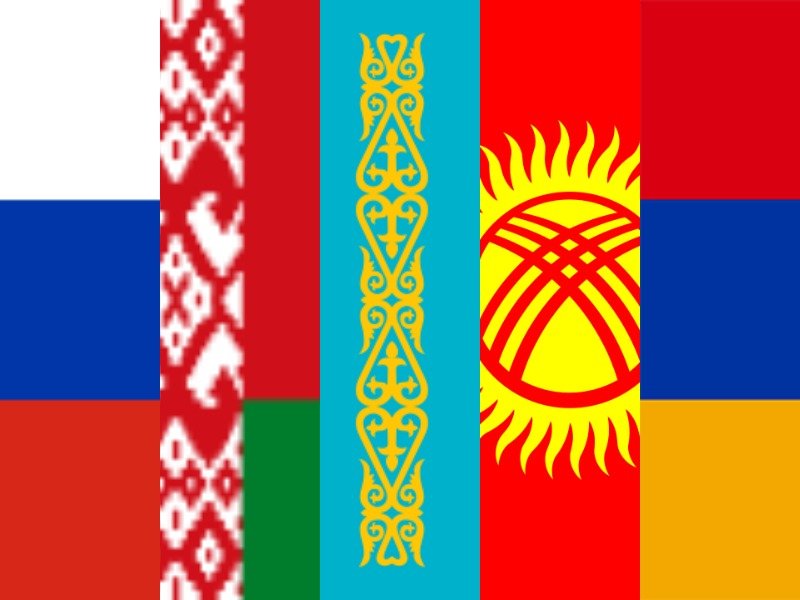Bangladesh’s bilateral trade with the five countries at present stands over US$ 1.5 billion. But the amount will increase several times if there is a free trade agreement in place. Eurasian countries, especially the Russian market, have good potential for export of Bangladeshi-made RMG items, jute and jute products, frozen fish, medicines, potatoes and vegetables, reports Press Xpress
Bangladesh has sent formal proposal for a free trade agreement (FTA) to the Eurasian Economic Union (EEU) early this month. If the proposal is adopted, it is hoped that a new window of opportunity for duty-free trade with the member countries, including Russia, will be opened up. The proposal was made recently upon receiving a green signal from the Eurasian Economic Commission (EEC), the EEU’s economic and policy-making body.
For the agreement to be inked, Bangladesh will have to get the consent of the members of the alliance, namely Russia, Belarus, Kazakhstan, Armenia and Kyrgyzstan. Bangladesh’s bilateral trade with these five countries is more than US$1.5 billion. The Ministry of Commerce hopes that the amount will increase several times if there is a free trade agreement in place.
A memorandum of understanding (MoU) was signed between Bangladesh and the EEU in May 2019 to promote bilateral trade. Later, a working group was formed to identify 19 sectors and increase trade and economic cooperation in them. The first meeting of the working group was held in Moscow in November. The Bangladesh delegation was led by Nur Md. Mahbubul Haque, Additional Secretary, FTA Division, Ministry of Commerce, and the EEC was led by its board member Sergey Glazyev. During the meeting, the EEC suggested Bangladesh to send a formal proposal in this regard if the country expresses interest in FTA with the EEU.
Eurasian countries, especially the Russian market, have good potential for export of Bangladeshi-made ready-made garment (RMG) items, jute and jute products, frozen fish, medicines, potatoes and vegetables. At present, Russia exports a wide range of products, including garments, jute, frozen shrimp, and potatoes, but not in large quantities.
Current Russia-Bangladesh trade is around US$1.1 billion, although trade between the two has increased in recent years. In the 2018-2019 financial year (FY), Bangladesh exported US$548.26 million worth of merchandised products to Russia. In FY 2019-20, it was US$485.23 million due to the impact of Covid fundamental trends though are up.
Bangladesh, on the other hand, imported US$653.05 million worth of products from Russia in 2018-2019, higher than the US$629.8 million in 2017-18. Bangladesh mainly exports apparel items, jute, frozen foods, tea, leather, home textiles and ceramic products to Russia. There is a huge scope for export of sea foods, potato, and pharmaceutical products in Russian markets. The country’s imports from Russia include cereals, minerals, chemical products, plastic products, metal, machinery, and mechanical equipment. Russia exports capital machineries, fresh and dried fruits, and raw sugar.
For Russian and other EEU businesses and investors, Bangladesh is a member of the SAARC trade bloc that includes Afghanistan, Bangladesh, Bhutan, India, Maldives, Nepal, Pakistan, and Sri Lanka. Having an FTA with Bangladesh can potentially open these markets should sourcing or manufacturing facilities be established here.


